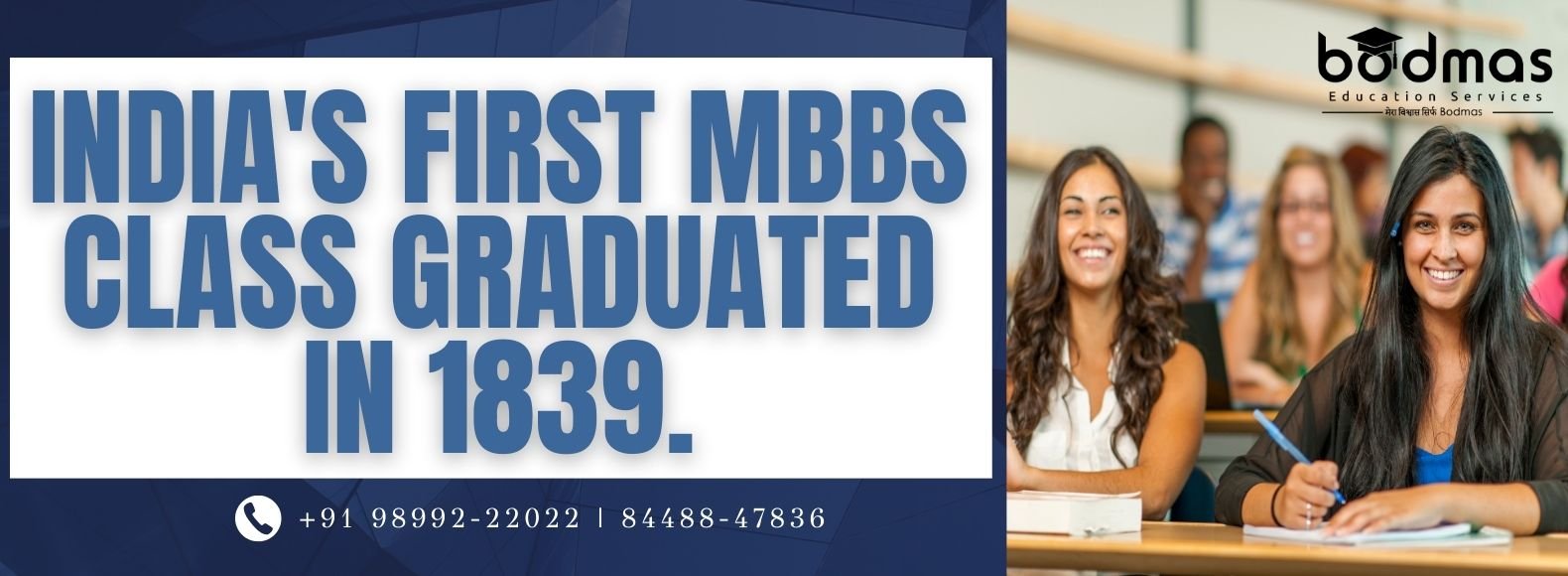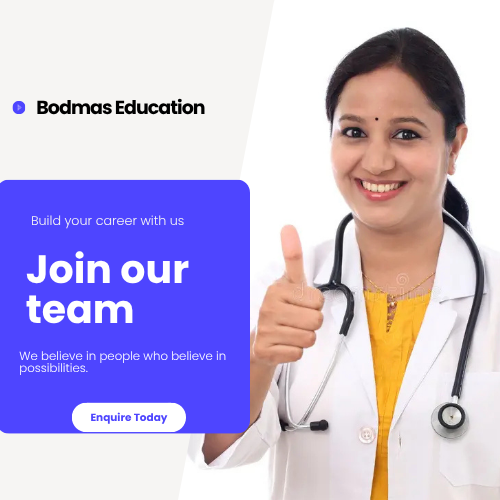India's first MBBS class graduated in 1839
Here are the ways the British colonial government influenced the education of our medical students.
The Medical Board of British Surgeons wrote to the then Secretary to the Government of India in 1822, calling for a formal education in medicine for Indians. In their letter, they advocated for a formalised approach to medical education in order to protect public health as well as staff the British East India Company with qualified medical officials.
But this wasn’t the only reason they wanted to train Indians. Their colonisers needed to get trained Indian professionals because they did not trust Ayurvedic and Unani treatments, and they were basically bringing European-based physicians to the Indian Subcontinent. However, starting in the mid-18th century, due to ongoing warfare, the surgeons employed by the East India Company were essentially employed in military service. Indian soldiers recruited by the Company were among the first in India to be medically treated by British surgeons. This was not without concern for the soldiers as some high-caste Indian soldiers refused to take any medicines made by Europeans because they were obeying the strict caste-based rules.
In response, the Company started to engage Indian medical practitioners in newly formed Indian regiments to prepare and dispense medicines prescribed by British surgeons. As a result, in 1835, India’s first medical college in British India - Calcutta Medical College, formerly the Medical College of Bengal, was established. But why did they choose Calcutta instead of other areas of India? As the capital of British India and a centre for political and administrative control, it was readily available to resources and staff.
India started to adopt a more westernised, formal way of training Indians in medicine, with the creation of a medical college. However, to illustrate what Pati B and Harrison M have mentioned in their book Perspectives on Europe’s encounter with Indian medical systems, there were some early years of interaction between Western medicine, Ayurveda and Unani, in which they had an common understanding of human physical make up based off humoral characteristics, and the notion that disease was related to imbalance of humours.
The commonality indeed cultivated mutual respect, with the two demonstrating a willingness to learn from one another; however, as rationalism became increasingly prevalent in Europe - relying upon empirical observation and scientific process rather than traditional knowledge - European doctors began to regard their medical system as superior (the duo's book).
What was India’s MBBS education like under British rule?
India’s first MBBS education was of three years, unlike now which is 4.5 years plus one year of obligatory internship. In the first year of study, Anatomy, Physiology, and Pharmacology were the lessons for Indian students. In the second and third years, medical students were taught Medicine and Surgery. Students also had to spend time in the hospitals: the general hospital, the Company's dispensary, the eye infirmary and the department of the superintendent of vaccination, for clinical teaching.
The language of instruction was English in the classroom. The Medical College of Bengal, founded in 1835, had students aged 14 to 20. Today, students must be 17 or older and pass the National Eligibility-cum-Entrance Test (NEET-UG) to gain entry to medical colleges. There is also the NEET PG for anyone who wants to study after their MBBS/ BDS degree.
In a chapter by Patterson titled 'The interaction of Indian medicine and modern medicine (colonial period)', in the book Medicine and Life Sciences in India (2001), it is stated that, at first, the study of Western medicine had limited appeal to high-caste Hindus, given the reliance on human dissection. However, this ideology gradually faded after the first human dissection was carried out by Pandit Madhusudan Gupta, a Bengali Baidya and Ayurvedic practitioner who was educated and trained in Western medicine.
Following this incident, many Indians from various social class backgrounds pursued education in Western medicine because of the prestige attached to being a 'doctor', and the added benefit of a pathway into the company’s medical service.
Powered by Froala Editor




